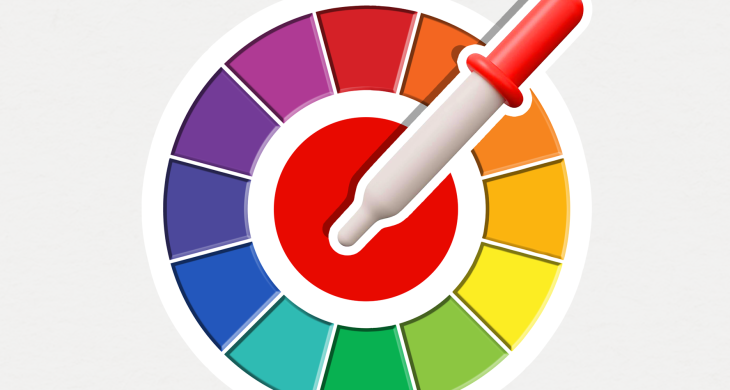
The Psychology of Color: How to Choose the Perfect Palette for Your Brand
When it comes to branding, choosing the right colors for your business is crucial. The colors you select can have a significant impact on how people perceive your brand, influence their emotions, and even affect their purchasing decisions. This is why understanding the psychology of color is essential in creating a powerful brand identity.
Why Does Color Matter?
Color is more than just a visual element; it has the power to evoke emotions, create associations, and convey messages. Different colors have different meanings and can elicit specific psychological responses. By harnessing the psychology of color, you can strategically communicate your brand’s values, personality, and message to your target audience.
Understanding Color Associations
Colors have both cultural and personal associations, meaning that individuals may perceive colors differently based on their upbringing, experiences, and cultural background. However, there are some general color associations that tend to be widely recognized across various cultures:
| Color | Associations |
| Red | Energy, passion, excitement |
| Blue | Trust, dependability, calmness |
| Green | Nature, growth, health |
| Yellow | Optimism, happiness, warmth |
| Orange | Creativity, enthusiasm, warmth |
| Purple | Royalty, luxury, spirituality |
Choosing the Right Colors for Your Brand
Now that you understand the basic color associations, it’s time to choose the perfect palette for your brand. Here are some steps to guide you:
1. Understand Your Target Audience
Before selecting your brand colors, it’s important to have a deep understanding of your target audience. Consider their demographics, preferences, and the emotions you want to evoke in them. For example, if your target audience is predominantly young and energetic, you may want to consider using vibrant and bold colors.
2. Reflect Your Brand’s Personality
Your brand’s personality should be aligned with the colors you choose. Think about the values and characteristics you want your brand to portray. If you want to be seen as trustworthy and reliable, blue may be a good choice. If you want to appear energetic and youthful, orange or yellow could be more suitable.
3. Consider Your Industry
Colors often have industry-specific associations. For example, the finance industry tends to use blue to convey trust and stability, while the food industry often utilizes red to stimulate appetite. Take a look at your competitors and industry norms to ensure your color palette stands out while still being relevant.
4. Test Different Combinations
Don’t be afraid to experiment with different color combinations to find the perfect palette for your brand. Consider using online tools and resources to visualize different color schemes and see how they resonate with your brand’s message and personality. Remember to take into account the psychology of color and the emotions each combination evokes.
5. Consistency Is Key
Once you’ve chosen your brand colors, it’s important to maintain consistency across all your marketing materials. This includes your logo, website, social media profiles, and any other touchpoints with your audience. Consistency helps reinforce brand recognition and creates a cohesive and memorable brand identity.
The Power of Color in Branding
Color is a powerful tool in branding that can influence consumer perception and behavior. Studies have shown that up to 90% of snap judgments made about products can be based on color alone.
By carefully selecting your brand’s color palette and understanding the psychology behind it, you can create a visual identity that resonates with your target audience and helps you stand out from the competition.
In conclusion, the psychology of color plays a vital role in creating a strong brand identity. By understanding the associations and emotions that different colors evoke, you can strategically choose the perfect palette for your brand. Remember to consider your target audience, reflect your brand’s personality, and maintain consistency across all your marketing materials. With the right colors, you can create a powerful visual identity that leaves a lasting impression on your audience.
Frequently Asked Questions
What Is The Importance Of Color Psychology In Branding?
Color psychology helps evoke emotions, convey messages, and influence consumer perceptions, impacting brand identity and customer engagement.
How Can I Choose The Right Color Palette For My Brand?
Consider your target audience, brand personality, and industry standards to select colors that align with your brand’s values and resonate with your audience.
What Emotions Are Associated With Different Colors?
Red signifies passion and excitement, blue conveys trust and professionalism, yellow represents optimism, and green symbolizes growth and harmony, among others.
Can The Color Palette Affect Consumer Behavior?
Yes, colors can influence purchasing decisions, brand loyalty, and perception of product quality, making it crucial for brand success.
